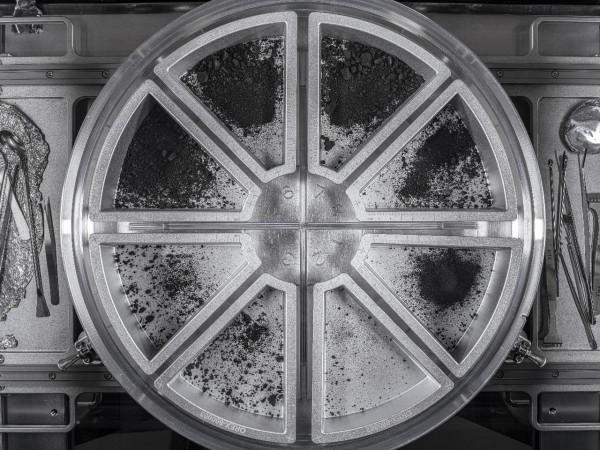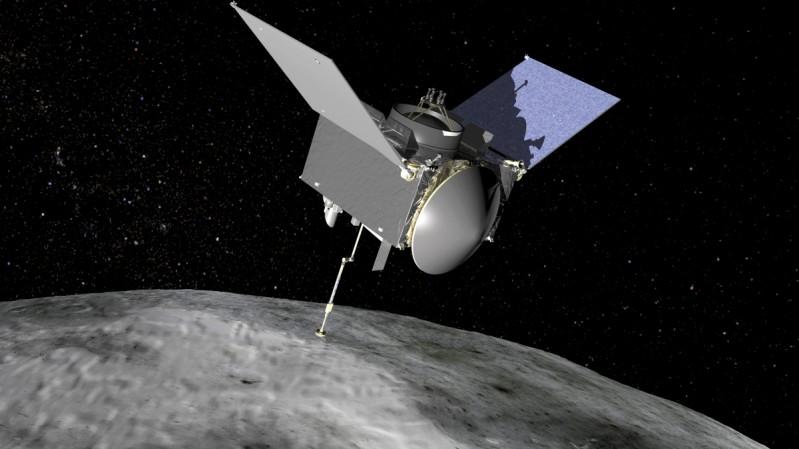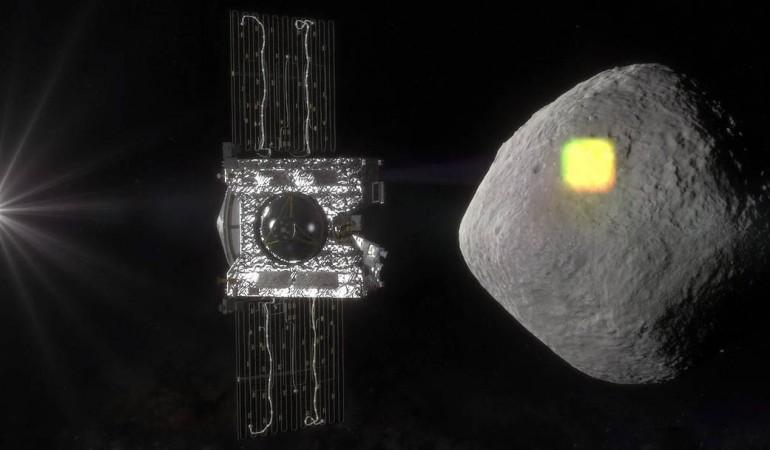
The OSIRIS-REx spacecraft brought back 121.6 grams of material from asteroid Bennu -- doubling the sample return goal, NASA has announced.
Rocky material -- dust and pebbles -- collected from the surface of the asteroid Bennu in 2020 was brought to Earth by the OSIRIS-REx (short for Origins, Spectral Interpretation, Resource Identification, and Security–Regolith Explorer) in late September, last year.
In October 2023, curation processors from the Astromaterials Research and Exploration Science (ARES) division at NASA's Johnson Space Center in Houston were able to collect small rocks and dust from inside the large canister that housed the Touch-and-Go Sample Acquisition Mechanism (TAGSAM) head, as well as from inside the TAGSAM head itself through the head's mylar flap.

They could only process over 70 grams of material -- more than the 60 grams of material needed to meet the mission's science goals. Further access to the rocky space treasure was curtailed due to two stuck fasteners from the sampler head and the disassembly of the TAGSAM head was paused in late October 2023.
In January, the team successfully unlocked the last two of the 35 fasteners from the sampler head, after designing, producing, and testing new tools.
"The remaining Bennu sample was revealed and carefully poured into wedge-shaped containers. 1.81 ounces (51.2 grams) were collected from this pour. Combined with the previously measured 2.48 ounces (70.3 grams) and additional particles collected outside of the pour, the bulk Bennu sample mass totals 4.29 ounces (121.6 grams)," officials from NASA wrote in a blogpost.
Initial studies showed that the 4.5-billion-year-old asteroid Bennu sample was found to be high in carbon content and water -- signalling the building blocks of life.

In the coming two years, the mission's science team will continue characterising the samples and conduct the analysis needed to meet the mission's science goals. NASA will preserve at least 70 per cent of the sample at Johnson for further research by scientists worldwide, including future generations of scientists.
As part of OSIRIS-REx's science programme, a cohort of more than 200 scientists around the world will explore the regolith's properties, including researchers from many US institutions, NASA partners JAXA (Japan Aerospace Exploration Agency), CSA (Canadian Space Agency), and other scientists from around the world.
(With inputs from IANS)

















